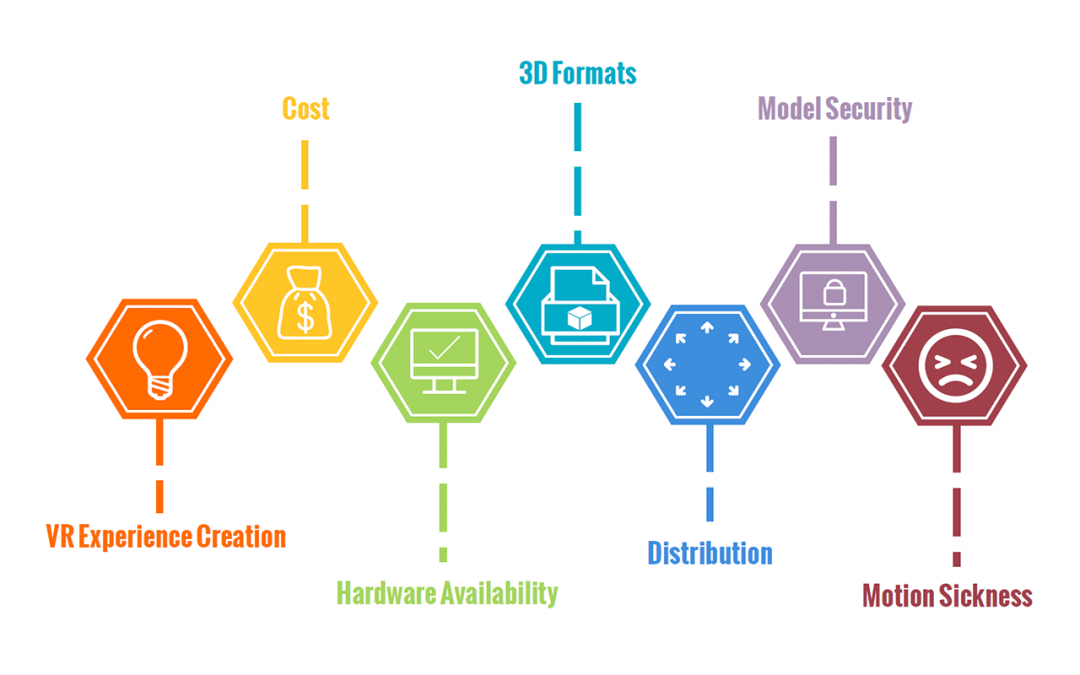The impact of VR and AR on gaming cannot be overstated. The introduction of these technologies has led to several exciting developments:
Immersion Beyond the Screen
Traditional gaming is limited by the confines of a screen. No matter how detailed the graphics or how engaging the story, players remain disconnected from the game by the physical barrier of their monitor or television. VR eliminates this barrier, fully surrounding the player in a digital environment. Whether it’s a medieval battlefield, a sci-fi spaceship, or a virtual casino, VR allows players to step into the game itself.
On the other hand, AR enhances the player's real environment by adding digital elements. Instead of replacing reality, AR augments it, turning familiar spaces into interactive game levels. Players can use their living rooms as battlefields, or turn their backyards into enchanted forests, bridging the gap between the virtual and physical worlds.
New Game Mechanics and Interaction Models
VR and AR introduce innovative ways for players to interact with games. In VR, players aren’t just pressing buttons on a controller—they’re physically moving, reaching, and looking around. Games like Beat Saber and Half-Life: Alyx require players to use their entire body, enhancing the level of immersion. This opens the door to entirely new genres of games, where physical interaction is a core mechanic.
AR, too, allows for unique gameplay experiences. Games like Minecraft Earth enable players to build and interact with virtual creations in the real world. Meanwhile, multiplayer AR games can turn public spaces into shared game worlds, where players can compete or collaborate using their mobile devices.
Social and Multiplayer Experiences
Gaming has always been a social activity, whether it’s playing with friends on a couch or competing against strangers online. VR and AR are pushing the boundaries of social interaction in games even further. In VR, multiplayer games like Rec Room or VRChat allow players to interact with others in virtual environments, complete with customizable avatars and spatial voice chat. These experiences foster a greater sense of presence and connection compared to traditional online gaming, as players feel as though they are physically in the same space. Similarly, online communities such as 카지노커뮤니티 provide a platform for players to share strategies, tips, and experiences, enhancing the social aspects of gaming even outside of gameplay.
AR, on the other hand, encourages social play in the real world. Pokémon GO is a prime example of this, with players gathering in parks, city streets, and landmarks to participate in shared AR experiences. The ability to merge the virtual and physical worlds has made AR gaming a unique way to bring people together.
New Opportunities for Game Development
The advent of VR and AR has opened new possibilities for game developers. Developers are no longer limited to flat, two-dimensional screens—they can create fully immersive worlds that players can walk through, touch, and manipulate. This has led to a wave of creativity, as developers experiment with new ways to engage players.
Additionally, VR and AR technologies are becoming more accessible. Platforms like Unity and Unreal Engine offer robust tools for creating VR and AR experiences, while devices like the Oculus Quest make high-quality VR gaming affordable and untethered from PCs or consoles. As these tools and platforms continue to evolve, we can expect to see even more innovative and boundary-pushing games in the future.
Challenges Facing VR and AR Gaming
While VR and AR hold immense promise, there are still challenges that need to be addressed before they become mainstream.
Hardware Limitations
One of the biggest barriers to widespread VR adoption is the hardware required. VR headsets can be expensive, and many require a powerful PC or console to run. Although standalone devices like the Oculus Quest have made VR more accessible, high-end VR experiences are still out of reach for many gamers. Additionally, the bulkiness of current VR headsets can be a turnoff for some users, and extended use can cause discomfort or fatigue.
AR, while more accessible due to its reliance on smartphones, still has limitations. The most immersive AR experiences require specialized hardware like Microsoft’s HoloLens, which is prohibitively expensive for most consumers. Mobile AR games, meanwhile, are limited by the capabilities of smartphones, which can’t yet deliver the full potential of AR technology.
Content Availability
While there are already some fantastic VR and AR games on the market, the overall selection is still limited compared to traditional gaming platforms. This can make it difficult for players to justify investing in VR or AR hardware. However, as more developers enter the VR and AR space and create compelling experiences, this is likely to change.
Motion Sickness and Accessibility
One of the most common issues with VR gaming is motion sickness. Some players experience nausea or discomfort when moving in virtual environments, especially when the movement in the game doesn’t match their physical movements. While developers are working on ways to mitigate this, it remains a significant barrier for some players.
Accessibility is also a concern for both VR and AR. Players with disabilities may find it difficult to use the physical interaction methods required by VR games, or may struggle with the visual aspects of AR games. As with traditional gaming, it’s important for developers to consider accessibility options to ensure that everyone can enjoy these immersive experiences.
The Future of VR and AR Gaming
Despite these challenges, the future of VR and AR in gaming is incredibly bright. As technology continues to improve, we can expect VR and AR experiences to become more accessible, more immersive, and more innovative.
In the near future, we may see the development of lighter, more comfortable VR headsets, along with improvements in motion tracking and haptic feedback that will make virtual environments feel even more realistic. Similarly, AR glasses and other wearable devices could bring AR gaming into our daily lives, allowing players to seamlessly integrate digital experiences into their real-world surroundings.
Additionally, as 5G networks become more widespread, the possibilities for cloud-based VR and AR gaming will expand. This could lead to more complex and graphically rich games that don’t require expensive hardware, making immersive gaming experiences available to a broader audience.
As gaming continues to evolve, it’s clear that VR and AR will play a crucial role in shaping the future of the industry. Whether through fully immersive virtual worlds or enhanced real-world experiences, these technologies offer new ways to engage, interact, and play. While we’re still in the early stages of this revolution, the potential is vast, and the journey is only just beginning.
In conclusion, VR and AR have the potential to change gaming in ways we’re only beginning to understand. From social interactions to new gameplay mechanics, these technologies offer a glimpse into the future of interactive entertainment. As developers continue to push the boundaries of what’s possible, we can expect to see even more immersive and captivating experiences that blur the lines between the real and the virtual. Whether you’re diving into a fully immersive VR world or using AR to bring digital elements into your everyday life, the future of gaming is set to be more interactive and exciting than ever before.

